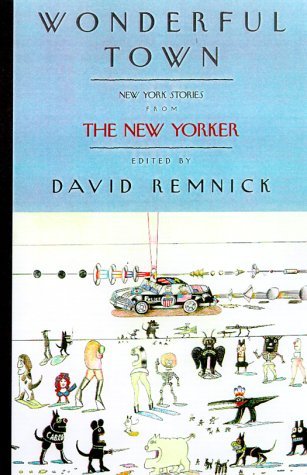
It came slowly. The rain became lighter and lighter until it fell in slanting showers. Sometimes the sun shone through the rain and a light breeze blew. It was a gay and airy kind of rain. The rainbow began to appear, and sometimes two rainbows, like a mother and her daughter, the one young and beautiful, and the other an old and faint shadow. The rainbow was called the python of the sky.
My exposure to and knowledge of African literature is woefully lacking. I’ll be honest that I had never heard of Chinua Achebe’s 1959 novel Things Fall Apart until I saw Sarah Jessica Parker talking about it on one of the episodes of PBS’s Great American Read. She made it sound interesting so I picked it up at my library and I’m glad I did.
Okonkwo is raised in his village by a father who is considered “lazy” by most standards (not just the standards of the village). It seems throughout Okonkwo’s life, he is trying to get out from under the stigma of his father. He grows up, works hard, becomes one of his village’s leaders, but he somehow always feels an outsider. Achebe weaves the contrast between Okonkwo’s individualism and his membership in his community throughout the story as the village exiles Okonkwo for what one might consider a crime – but it’s more like a “disobedience”.
The title of the novel references the arrival of white missionaries to the village. The culture and customs of the village give way to the influence of these outsiders. For the most part, this influence isn’t portrayed as a “good” one; however, Achebe sees the outsiders insistence that the community stop sacrificing children to their gods as possibly not being such a bad idea.
Achebe puts all of this together in a story with sparse prose that lends itself well to villagers’ conversations that are filled with fable-like myths about the world around them such as the paragraph I quoted above.
If one is just getting in to African literature, one could do well to start with Things Fall Apart.







